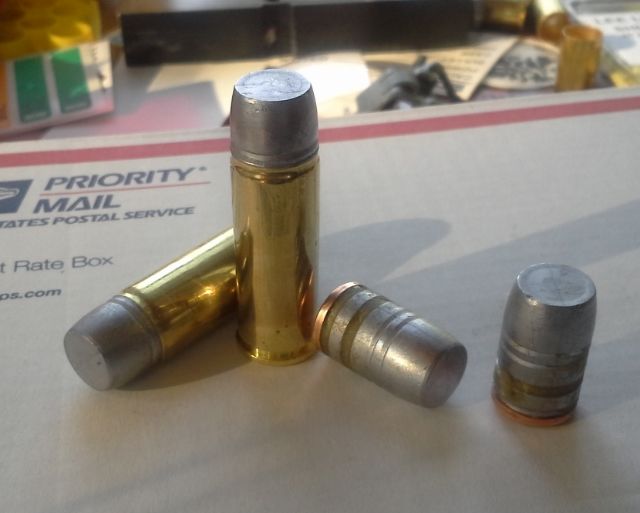This question is for jacketed bullets. Sorry, didn't see another forum for them.
I traded for several jacketed 44 bullets and was going to load up some. In the past, I always used a roll crimp with the jacketed canalure (sp?) (its French for indented band another bullet to grip case). But I was wondering, after really looking at them, that they are not that deep and maybe I will damage them if I use a roll crimp on them. I have extra taper crimp dies, but was wondering if the taper crimp would be too light?
BTW, I have a LEE collet type crimp die on the way! So this question might be obsolete come next week. But was just wondering. Because as of now, I only taper crimped smooth sided casted and jacketed and roll crimped everything else.
Jerry

|
   
   
|


|






 Reply With Quote
Reply With Quote







 DougGuy
DougGuy










